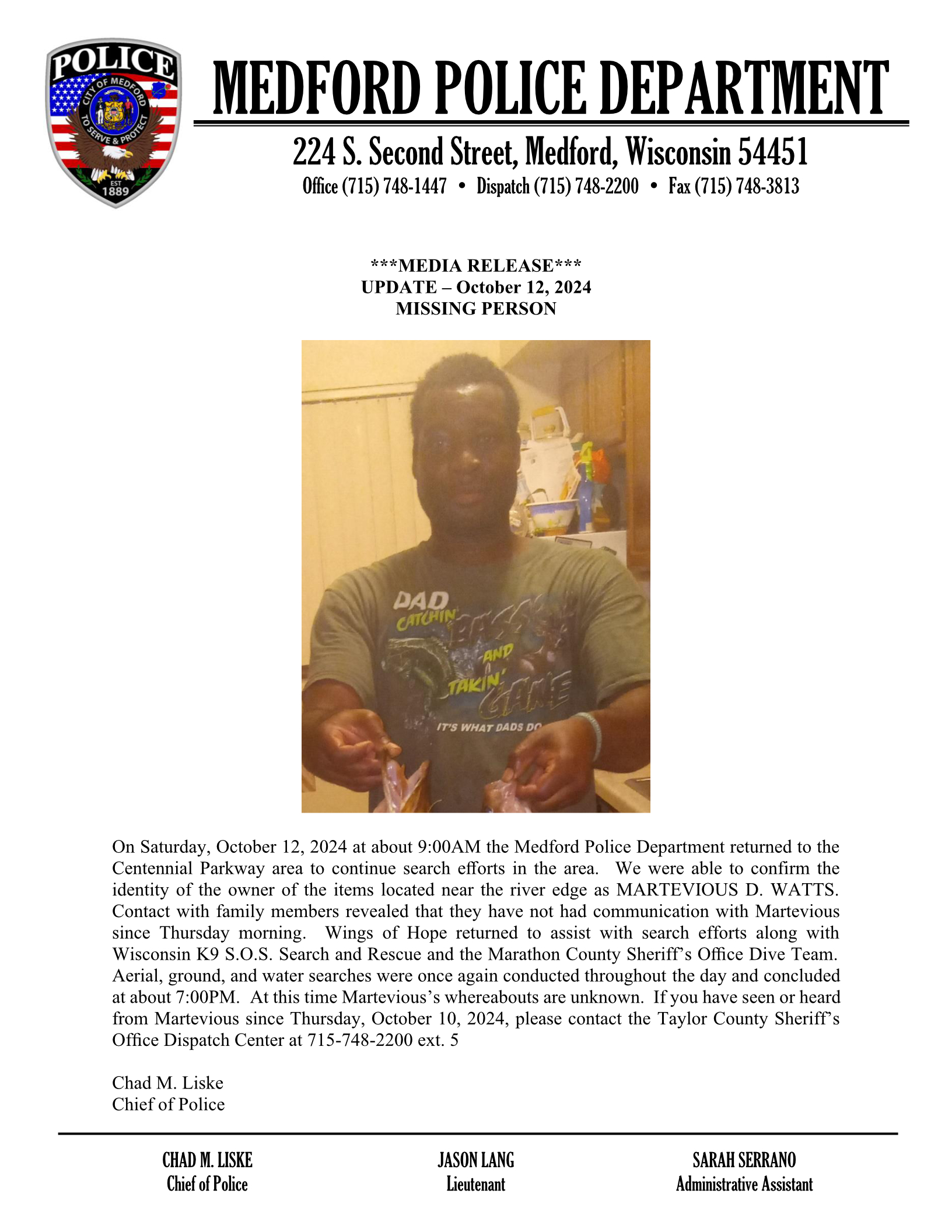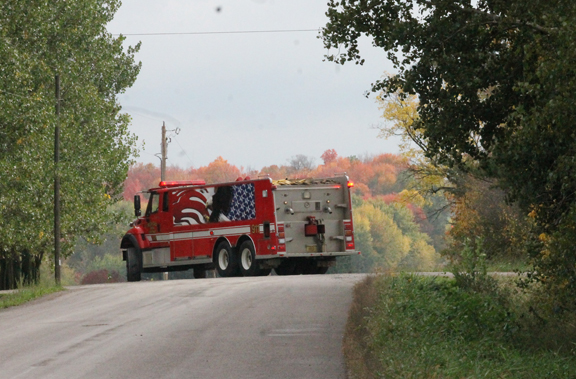Deer activity increasing, drivers should be vigilant
The WisDOT, State Patrol and partner law enforcement agencies, are reminding motorists to be alert for the potential of deer darting across roadways during upcoming weeks. Deer/vehicle crashes typically peak during the October and November “rutting” period, when bucks pursue potential mates.
“The best strategy to protect yourself and minimize the chance of hitting a deer, is to buckle up, slow down and watch the road ahead carefully,” said David Pabst, director of the WisDOT’s Bureau of Transportation Safety. “Deer can be seen any time of day, but they’re especially active around dusk and dawn.”
Last year in Wisconsin, there were 18,414 reported deer/ vehicle crashes, that resulted in injuries to 556 motorists and nine fatalities (six were motorcyclists). Counties with higher traffic volumes and deer populations, tend to record the most crashes.
To avoid deer crashes and motorist injuries, the WisDOT offers the following tips:
• Slow down, eliminate distractions and make sure all vehicle occupants are buckled up.
• If one deer crosses in front of the vehicle, watch for more. One long blast from the vehicle’s horn may frighten the deer away.
• If a collision with a deer is unavoidable, brake firmly and stay in the same lane. Avoid sudden swerving, which can result in a loss of vehicle control and a more serious crash.
• If someone hits a deer, get the vehicle safely off the road, if possible, and call law enforcement. Be prepared to describe the specific location.
• It’s generally safest to stay buckled-up inside the vehicle. Walking along a highway is always dangerous, as a person could be struck by another vehicle.
• Don’t attempt to move an injured deer.
The increase in deer activity this time of year, also results in more car-killed-deer along Wisconsin roadways. The WisDOT works with private vendors, county highway departments and law enforcement, to handle deer carcass removal along numbered highways (the state highway system). Counties are responsible for removing deer carcasses along county highways, while municipalities handle deer carcass removal along local roads.
To report car-killed-deer, be prepared to do the following:
• Deer carcasses on the active, traveled portion of a highway, represent an urgent safety hazard and should be reported by calling 911.
• If the carcass is off the traveled portion of the roadway, contact the appropriate county sheriff’s department using the agency’s non-emergency phone number.
• To facilitate the efficient and prompt removal of a deer carcass, provide specific location information, such as proximity to a mile post, intersecting highway, exit or mailbox number.
Drivers are reminded to move over or slow down when approaching stopped emergency responders, tow trucks and highway maintenance vehicles – including crews removing deer carcasses. More information on the Car-Killed-Deer program can be found on the WisDOT website.



